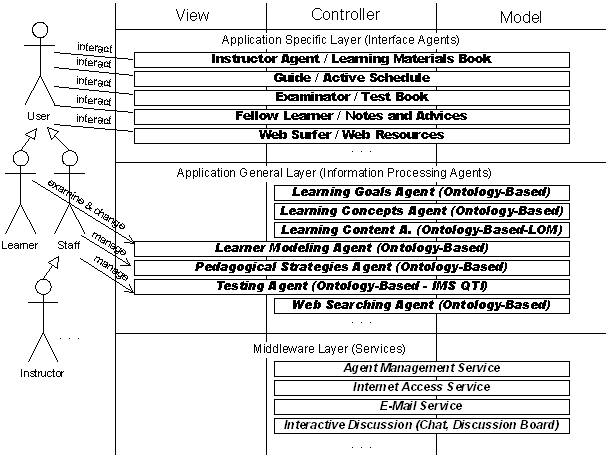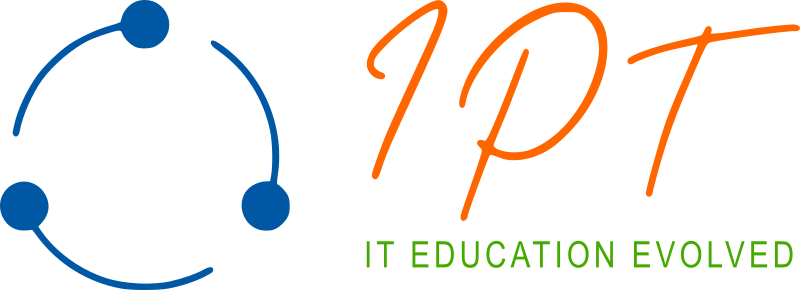![]()

Electronic Adaptive Courseware Authoring and Delivery Environment using Multiple Intelligent Agents
The project aims to develop a software architecture and system for collaborative and adaptive courseware delivery that will be based on sound psychological and pedagogical principles, using ontological form of knowledge representation, and utilizing the advantages of intelligent agents approach for dynamic construction, sequencing and presentation of learning content, and facilitating interaction between the autonomous agents (humans and computer-based).
The key functional characteristics of the target software system are:
- Support for dynamically formulated and changed learner goals;
- Automatic modeling of the learners’ knowledge, preferences, learning and cognitive styles, in a “glass box” model visible and changeable by the learner;
- Dynamically constructed and adaptive sequencing of the learning/instruction activities;
- Personalized visualization and multimodal presentation of the learning environments, according to the unique learner’s preferences;
- Support for concurrent and collaborative learning process through providing a range of assisting intelligent agents;
- Based on sound Instructional Design principles;
- Easily extensible multiagent architecture in which new agents will be dynamically added at run-time;
- Using ontological form of knowledge representation able to integrate and to be integrated with other existing Semantic Web resources;
- Able to exchange knowledge and information with other LTS systems conformant to IEEE LTSC LOM Standard, IMS QTI and IMS Learning Design Specifications.
The main design principles that are followed during the architecture design and implementation are:
- Awareness about existing standards and specifications in different areas relevant to the architecture, and their gradual implementation in subsequent prototypes;
- Using UML as main graphical notation during the application development;
- Supporting modular and extensible architecture, based on well defined subsystem interfaces;
- Using industry standard, platform independent, component-based implementation technologies such as Enterprise Java Beans (EJB™) and Java Server Pages (JSP™).
The following UML diagram illustrates the relationships between different kinds of learning objects, learning support agents, and learning environments to be integrated by the architecture:



